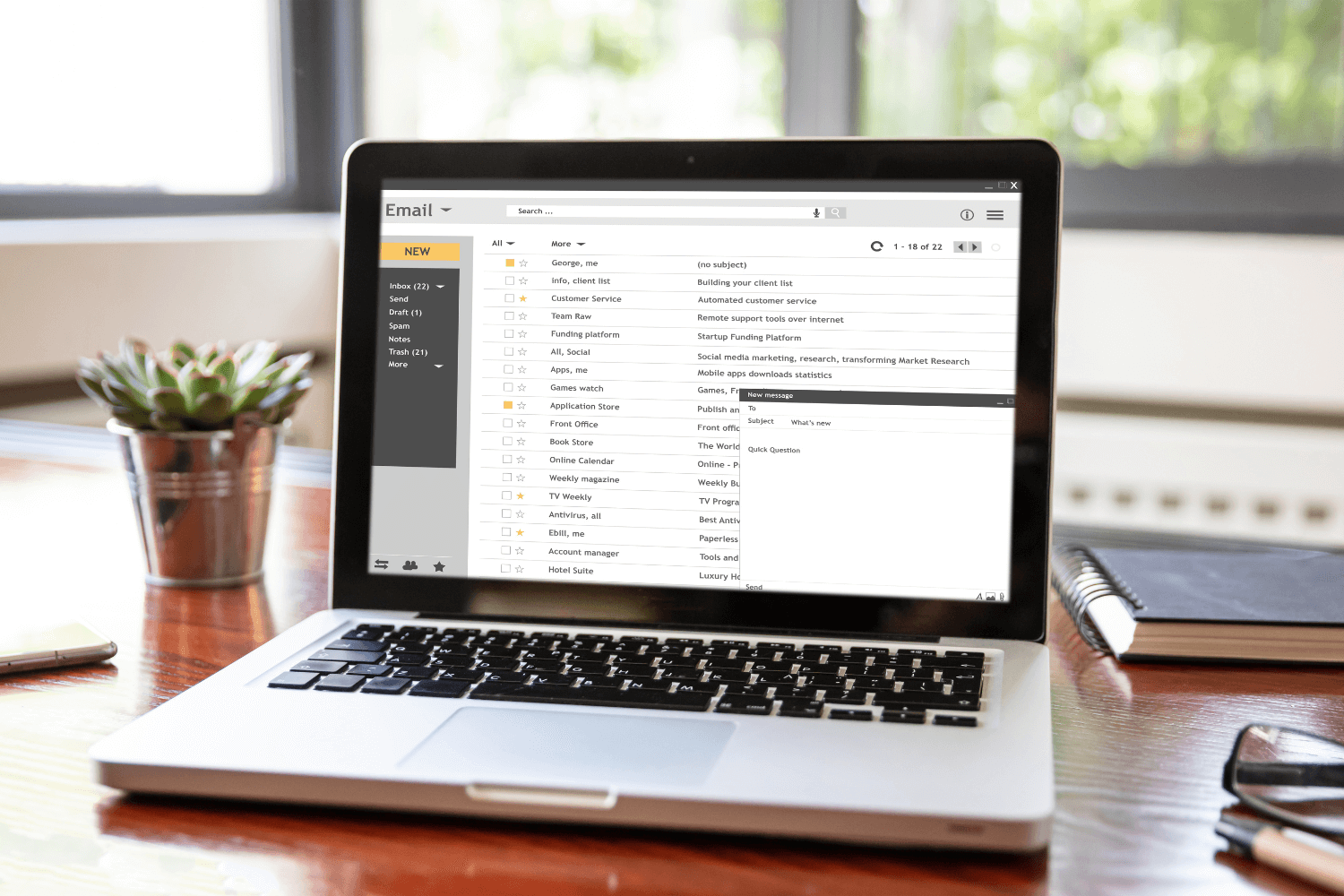There’s a big myth in email marketing: the bigger your list, the better.
But the truth is, a big list full of disengaged subscribers will cost you money, drag down your deliverability, and kill your open rates.
Smart email marketing isn’t just about growing your list, it’s about maintaining a healthy one.
Here’s your no-nonsense guide to cleaning your email list without panicking about lost subscribers.
Why Email List Hygiene Matters
Your email list is only as good as the people who actually want to hear from you.
Inactive subscribers don’t just ignore your emails, they signal to inbox providers (like Gmail) that your content isn’t valuable. That can:
- Send your emails to spam
- Lower your sender score
- Reduce visibility for everyone on your list
A regular list cleanup helps protect your deliverability and gives you clearer insights into what’s working.
Step 1: Identify Inactive Subscribers
Each platform will define “inactive” a bit differently, but a good rule of thumb:
- No opens or clicks in the last 90–120 days
- No recent purchases (if relevant)
- Haven’t replied to any recent emails
Use filters inside platforms like Klaviyo, Mailchimp or ConvertKit to segment these contacts.
Step 2: Send a Re-Engagement Campaign
Before removing inactive subscribers, give them one last chance to stick around.
Create a short, 2–3 email sequence that:
- Reminds them why they joined
- Offers something of value (free resource, discount, etc.)
- Asks them to click or confirm if they still want your emails
Make it clear they’ll be removed if they don’t respond. And make it easy to stay on the list.
Subject line ideas:
- Still want to hear from us?
- We’re cleaning our list (you’re still on it)
- Last call: Keep getting our emails?
Step 3: Remove or Archive the Unresponsive
If someone hasn’t opened or engaged after your re-engagement campaign, it’s time to let them go.
Depending on your platform, you can:
- Permanently delete them (for cost savings)
- Suppress or archive them (to retain data)
Don’t worry about shrinking numbers. You’ll likely see better open rates, fewer bounces, and stronger engagement immediately.
Step 4: Set a Hygiene Schedule
Make list cleaning a routine part of your marketing ops. Aim to:
- Review inactives every 3–6 months
- Re-engage or suppress accordingly
- Monitor trends in open/click rate changes
It’s easier to manage in small, regular chunks than one big purge once a year.
Bonus Tip: Quality Over Quantity
Want to prevent future bloat?
- Use double opt-in to ensure quality signups
- Tag new subscribers based on interests or source
- Make unsubscribing easy (no one likes the clingy brand)
You’re not trying to please everyone. You’re building a list of people who genuinely want to hear from you and are likely to convert.
Final Thoughts
A clean list isn’t just better for deliverability, it’s better for your mindset, too.
You’ll know your numbers are real, your audience is engaged, and your email efforts are going where they count.
Need help building out your re-engagement sequence or running a light audit? I can help with that.
Book your free clarity call
